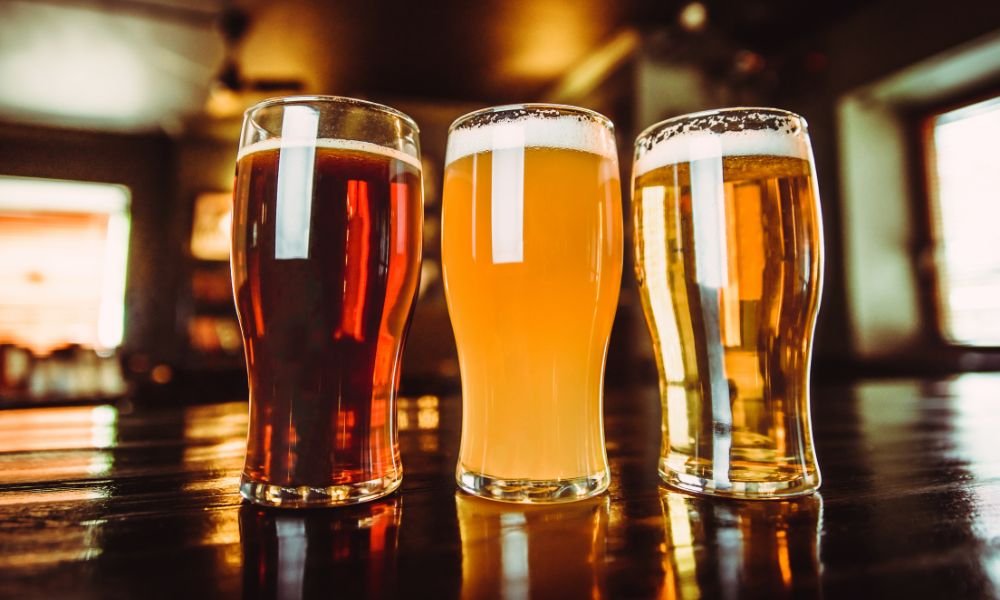Tips for Identifying Flavors in Your Beer
The world of craft beer is as vast as it is fascinating, offering endless choices of flavors, aromas, and experiences that can transport the drinker anywhere. However, navigating this landscape requires more than just a love for beer; it demands a fine-tuned palate capable of detecting the interplay of flavors that make each brew unique.
For craft brewers aiming to perfect the next batch, the ability to identify and appreciate these nuances is key. It’s not just about enjoying your drink; it’s about understanding the science, art, and craftsmanship that goes into every pint. These tips for identifying flavors in your beer will provide the tools to enjoy your beer on a deeper level and contribute to the rich, vibrant culture of craft brewing.
Understanding the Basics of Beer Flavors
It’s crucial to understand the basic flavor components of beer, including malt, hops, yeast, and water, and how they contribute to the overall taste profile. Malt offers sweetness and body; hops provide bitterness and aroma; yeast contributes various fruit and spice notes; and the water quality can significantly affect the beer’s taste. Familiarizing yourself with these elements can set a solid foundation for identifying and appreciating the complex flavors in your beer.
Mastering the Art of Temperature and Glassware
Temperature plays a pivotal role in a beer’s flavors. Serving beer at the right temperature can significantly enhance its flavor profile. You must serve lighter beers cold, while darker, richer beers should be slightly warmer. The choice of glassware can also impact flavor perception, with different shapes accentuating various aromas and taste components.
Developing a Methodical Tasting Approach
Adopt a systematic approach to tasting to truly grasp the flavors present in your beer. Start by observing the beer’s appearance, then move on to smelling it to pick up on aromatic hints before finally tasting it. When tasting, try to identify the initial, middle, and after-tastes, paying attention to how the flavor profile evolves.
Expanding Your Flavor Vocabulary
The ability to accurately describe what you’re tasting is invaluable. Expand your flavor vocabulary by not only tasting a wide variety of beers but also by exploring other culinary ingredients such as fruits, spices, and chocolates. This practice helps you make precise flavor associations and communicate your sensory experiences more effectively.
Engaging in Continuous Learning and Practice
Like any other skill, proficiency in identifying beer flavors comes with practice and continuous learning. Participate in beer tastings, join brewer forums, read books on brewing science, and don’t shy away from experimenting with brewing your own batches. The more you immerse yourself in the world of craft brewing, the more you’ll learn how to distinguish and enjoy the layered flavors that beer has to offer.
With these essential tips, you can develop the foundational skills necessary to dissect and savor the complex flavors that make craft beer a truly remarkable experience. It’s important to use quality stainless steel brewing tanks because these prevent contamination or unwanted ingredient reactions that could influence the flavor in unintended or unpleasant ways. The goal is not just to identify flavors but to enjoy the process of discovery and share your love and knowledge of beer with others.

